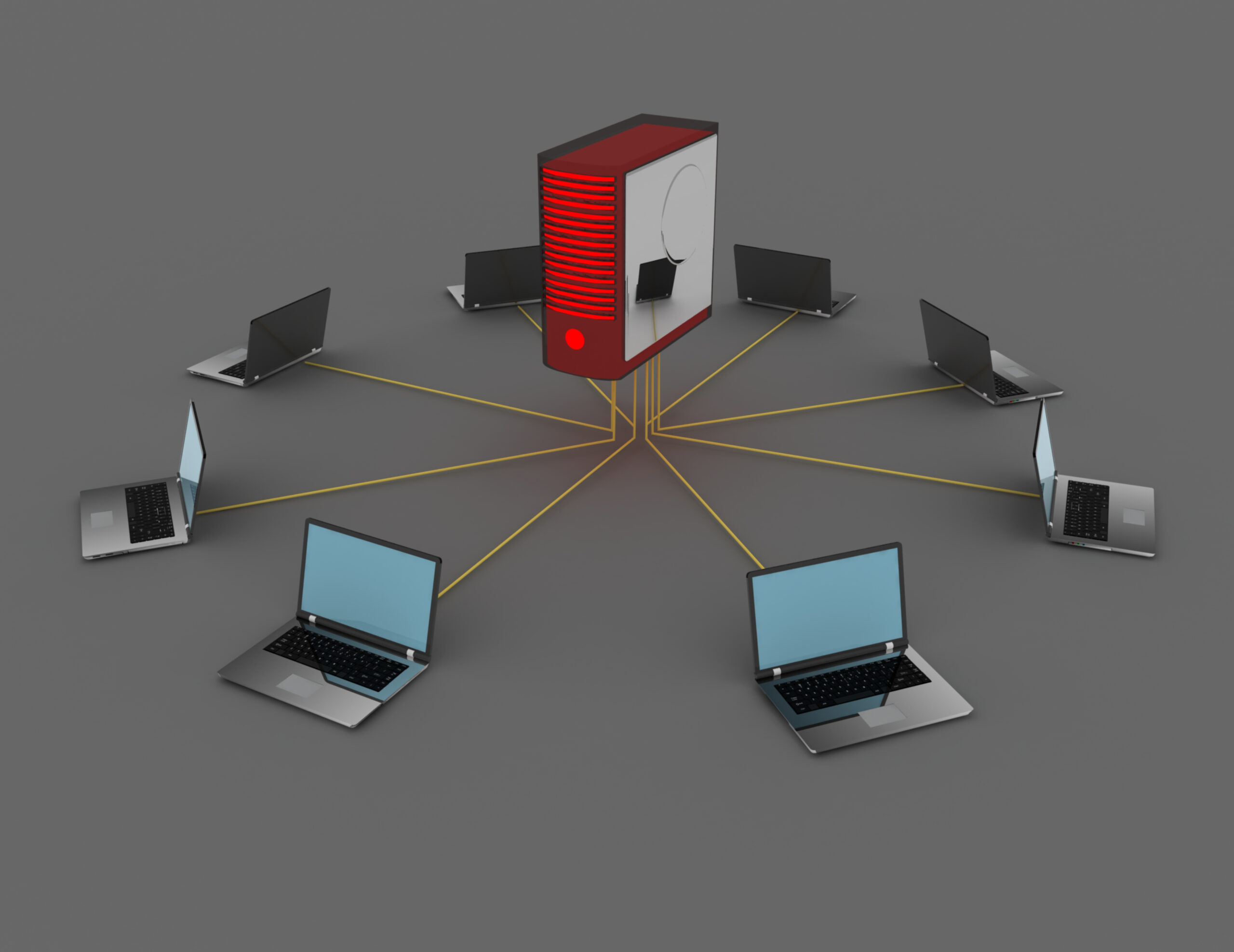How to Rent Proxy Server: A Step-by-Step Guide to Seamless Connections
Have you ever wandered through the web only to bump into “access denied” signs and geo-lock walls? Imagine holding a magical key that transports you behind those barricades – welcome to the world of proxy rental. When you choose to rent proxy server as your gateway, you’re grabbing just that key. Proxies act like secret tunnels through a mountain, steering your traffic through different routes, masking your original address, and giving you smoother, more private access. Whether you’re gathering market data, testing ad campaigns, or simply craving an extra layer of anonymity, proxies can blow the doors wide open – no fumbling around with complex setups or hidden fees.
Breaking Down the Core Benefits of Using a Rented Proxy
Wondering why so many professionals swear by rented proxies? It’s more than just a cloak and dagger thrill. Here are the stellar perks at a glance:
- Enhanced Privacy: Your real IP stays hidden, keeping snoopers guessing.
- Geolocation Flexibility: Appear in multiple countries instantly – perfect for ad verification.
- Speed and Reliability: Commercial proxy pools deliver faster connections than free options.
- Scalability on Demand: Ramp up bandwidth or add more IPs exactly when you need them.
- Reduced Blocking Risks: Rotate through fresh addresses to avoid blacklists and CAPTCHAs.
Think of it as having your personal fleet of digital disguises – each one tuned for speed, safety, and stealth. With these advantages in your toolkit, you’ll breeze past limitations and stay one step ahead of the curve.
Step-by-Step Guide on How to Rent a Proxy Server
Getting started doesn’t require a PhD in networking. Follow this simple blueprint:
- Identify Your Objectives: Are you web scraping large datasets or running social media accounts? Knowing your goal narrows down the type of proxy you need.
- Choose the Proxy Type: Decide between datacenter, residential, or ISP-backed proxies based on anonymity level and budget.
- Research Providers: Compare uptime statistics, IP pool sizes, and customer support responsiveness.
- Select a Plan: Match your usage patterns – bandwidth, number of concurrent connections, and geographic targets.
- Configure Your Tools: Integrate your new proxy details into browsers, crawlers, or API clients.
- Test and Optimize: Run pilot requests to check latency, throughput, and success rates – and tweak settings as needed.
By sticking to these steps, you transform what might feel like rocket science into a clear, manageable process.
Choosing the Right Proxy Package for Your Needs
Not all proxy rentals are created equal. You’ll find a spectrum of plans tailored for different tasks. The trick is matching cost with performance. Below is a quick look at common packages:
| Plan Type | Bandwidth | Price (Monthly) | Ideal Use Case |
| Basic Datacenter | 1 TB | $50 | Entry-level scraping & browsing |
| Premium Residential | 500 GB | $150 | Ad verification, high-anonymity |
| ISP Dedicated | Unlimited | $300 | Mission-critical data collection |
Each plan has its own blast radius – Basic Datacenter plans are like grabbing a scooter for a quick city dash, while ISP Dedicated feels more like a turbo-charged sports car: powerful, expensive, and built for the long haul. Pick wisely based on how much data you’ll burn and how stealthy you need to be.
Common Pitfalls to Avoid When You Rent a Proxy Server
Even seasoned pros stumble over a few classic missteps. Keep an eye out for these traps:
- Underestimating Bandwidth Needs: Running out mid-project can derail entire campaigns.
- Ignoring Authentication Methods: Some providers lock you in with clunky API tokens – confirm ease of rotation.
- Skipping Trial Periods: Always test latency and reliability before committing to a yearly contract.
- Overlooking Geographic Coverage: Make sure your proxy pool covers the exact regions you target.
- Neglecting Compliance: If you handle regulated data, verify the provider’s privacy policies.
Steer clear of these hazards, and you’ll avoid unnecessary headaches – and costs – down the road.
Maximizing Performance: Best Practices After You Rent a Proxy Server
So you’ve secured your proxies – now it’s time to crank up efficiency. Treat your new assets like high-performance engines:
- Rotate IPs Smartly: Set rotation intervals to mimic human browsing patterns and dodge detection.
- Monitor Usage Metrics: Track success rates, error codes, and speed fluctuations with dashboard tools.
- Cache Strategically: Combine proxies with local caching to reduce redundant requests and save on bandwidth.
- Segment Tasks by Proxy Type: Assign datacenter proxies to lightweight jobs and residential to sensitive operations.
- Maintain Clear Documentation: Log credentials, plan details, and renewal dates in a centralized spreadsheet.
By adopting these habits, you’ll squeeze every ounce of value out of your rental – ensuring rock-solid uptime, bulletproof privacy, and razor-sharp speeds.
Renting a proxy server doesn’t have to be an arcane ritual. With the right process, a clear understanding of your goals, and a dash of strategic planning, you can harness these powerful tools to turbo-charge your online activities. Now, aren’t you ready to hit the gas?

Leave a Reply